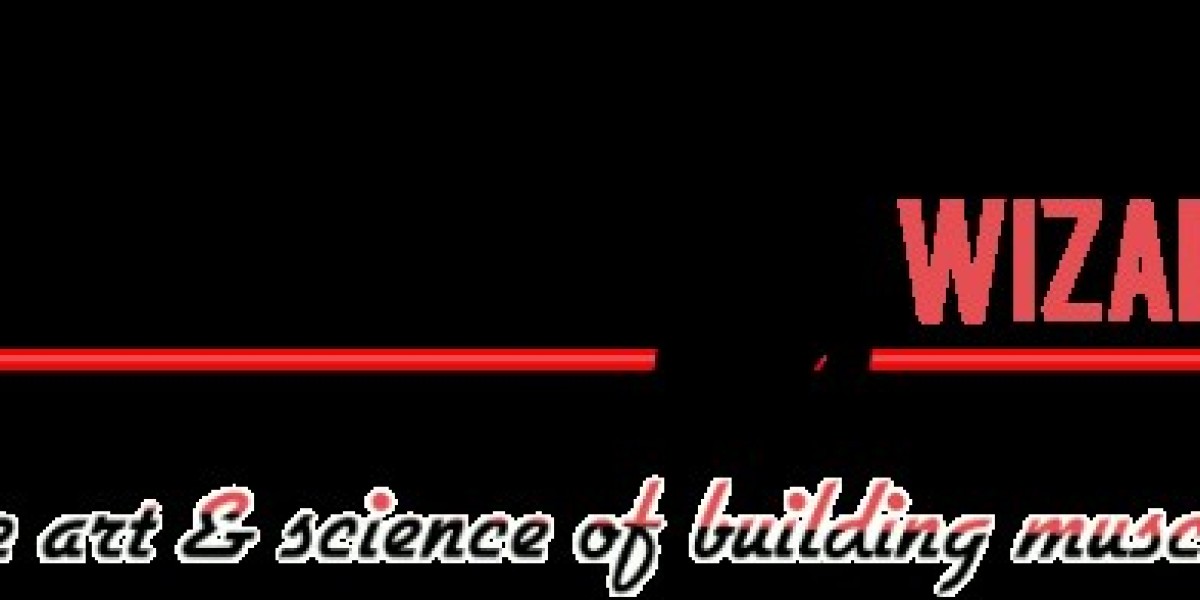Depression isn't a one-size-fits-all condition. It manifests in various forms, each with unique characteristics and challenges. This comprehensive guide explores the diverse types of depression, shedding light on their distinctions, symptoms, and potential treatment approaches.
1. The Spectrum of Depression
Depression encompasses a spectrum of conditions, each with its own set of symptoms, triggers, and severity levels. Understanding this spectrum is essential to provide effective support and treatment.
2. Major Depressive Disorder (MDD)
Major Depressive Disorder, often referred to as clinical depression, is characterized by persistent feelings of sadness, hopelessness, and a loss of interest in activities. It can be debilitating and affect every aspect of a person's life.
3. Persistent Depressive Disorder (PDD)
PDD, or dysthymia, involves chronic, long-term depression lasting for at least two years. While the symptoms may not be as severe as MDD, they can be long-lasting and have a profound impact on daily life.
4. Bipolar Disorder
Bipolar disorder includes periods of severe depression (similar to MDD) alternating with periods of mania or hypomania. Understanding these mood swings is crucial for proper diagnosis and treatment.
5. Seasonal Affective Disorder (SAD)
SAD is a type of depression that typically occurs during specific seasons, most commonly in the fall and winter months. It's often linked to reduced sunlight and can be managed with light therapy and lifestyle changes.
6. Postpartum Depression
This form of depression affects new mothers, typically within a few weeks after giving birth. It can manifest as severe mood swings, extreme fatigue, and difficulty bonding with the newborn.
7. Psychotic Depression
Psychotic depression combines the symptoms of severe depression with features of psychosis, such as hallucinations and delusions. This is a particularly challenging and severe form of depression that requires specialized treatment.
8. Atypical Depression
Atypical depression is marked by specific symptoms, such as increased appetite, oversleeping, and extreme sensitivity to rejection. It often presents as a response to positive events.
9. Premenstrual Dysphoric Disorder (PMDD)
PMDD is a severe form of premenstrual syndrome (PMS) that leads to debilitating emotional and physical symptoms in the days leading up to menstruation.
10. Situational or Reactive Depression
Situational or reactive depression occurs in response to specific life events or stressors, such as loss, trauma, or major life changes. It's essential to understand the role of triggers in this form of depression.
11. Substance-Induced Mood Disorder
Substance-induced mood disorder is a type of depression that occurs as a result of substance abuse or withdrawal from drugs or alcohol.
This guide aims to shed light on the multitude of depressive disorders, helping individuals, friends, and family members recognize the signs and understand the varying treatment approaches for different types of depression. Understanding the nuances of these conditions is a crucial step in providing effective support and treatment for those who are affected.






